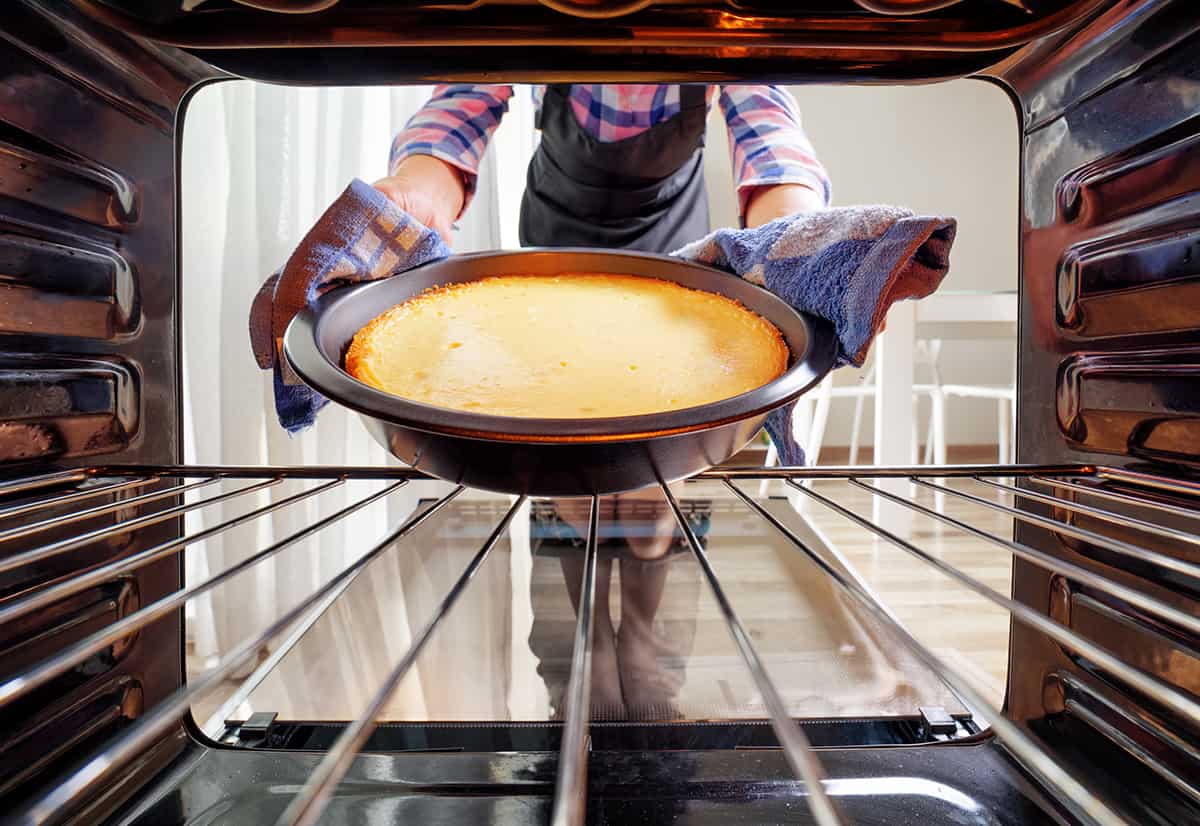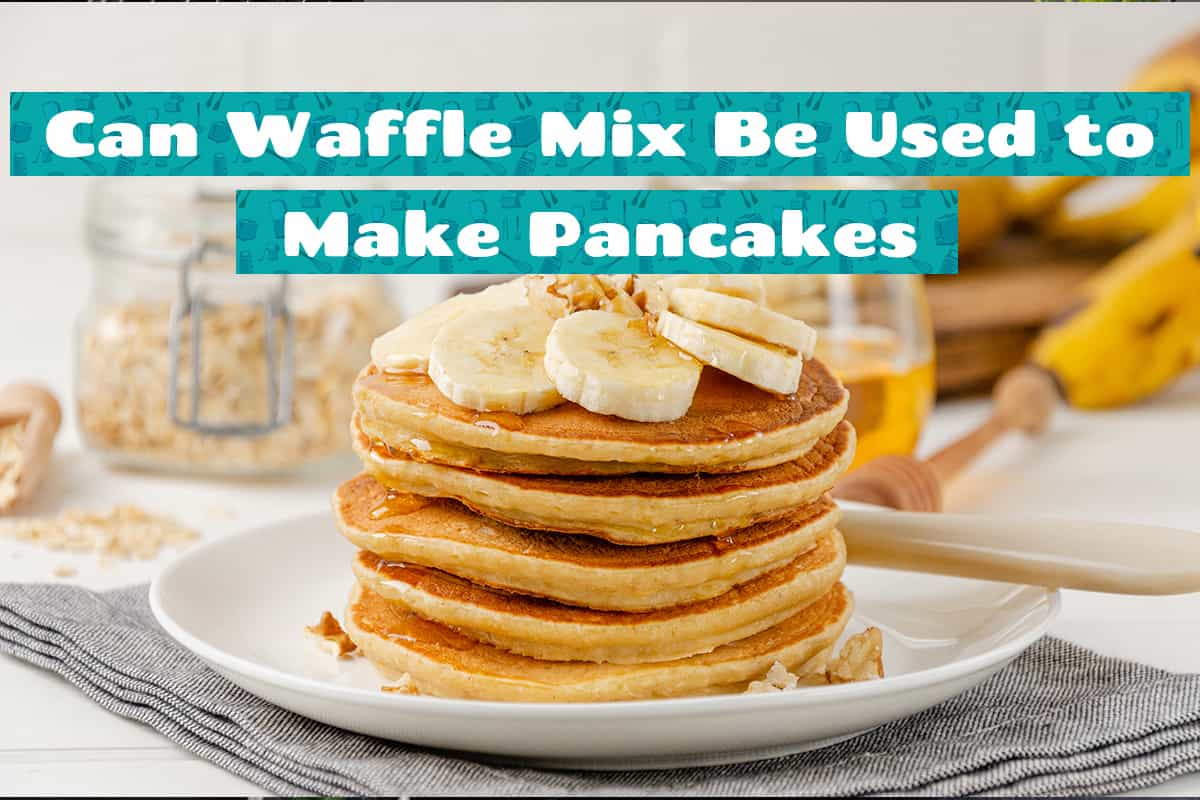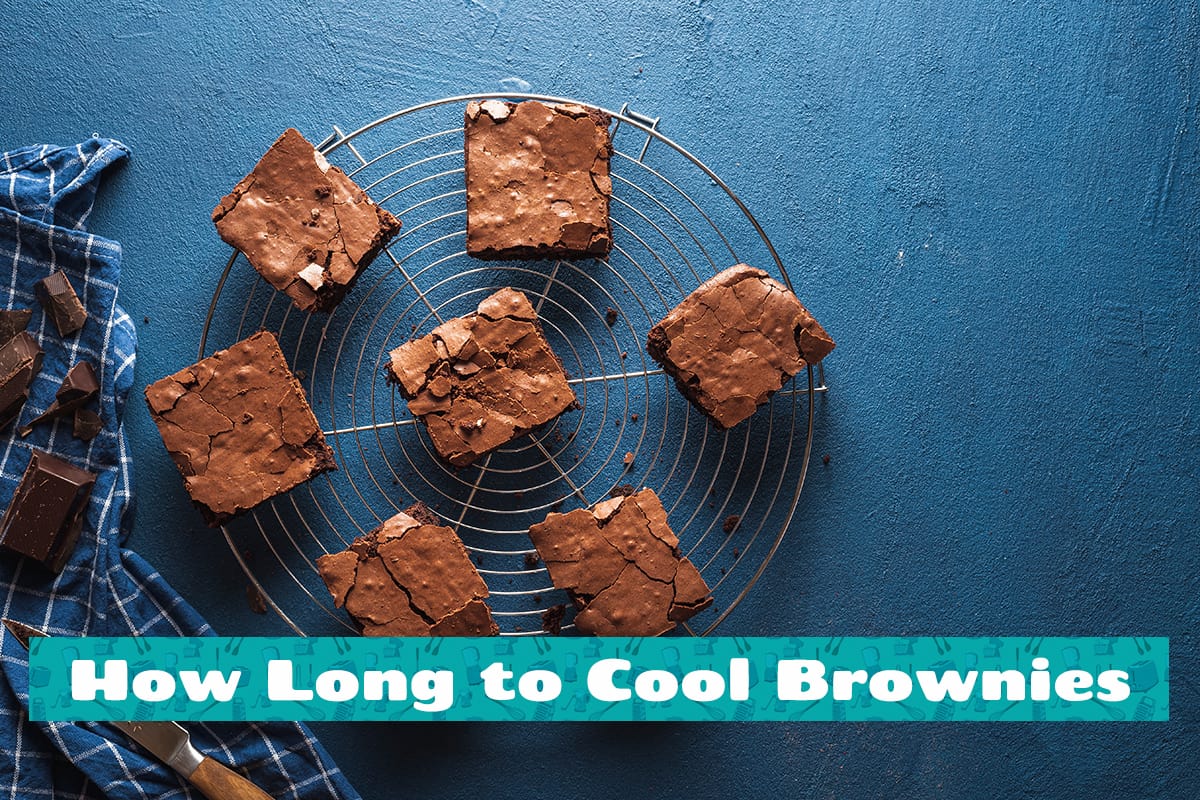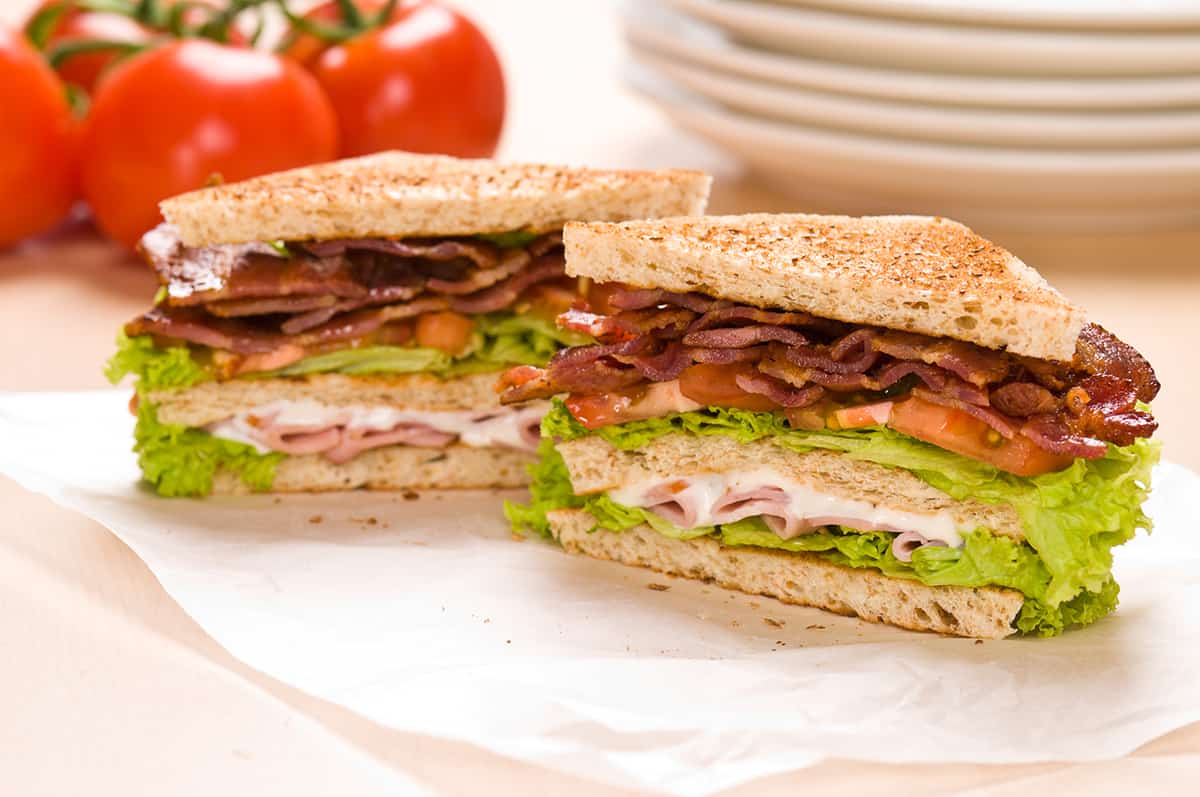As the wise Stephanie from LazyTown once sang, ♪ It’s a piece of cake to bake a pretty cake. ♪ But for total kitchen newbs, is it really? One of the biggest kitchen conundrums greenhorn bakers experience is deciding what temperature to preheat their ovens to before baking a cake.
The most common oven temperature for baking a cake is 350°F (180°C). However, there are several factors that will affect the oven temperature and total baking time, such as the type of cake, the baking pan size, and your desired moisture level.
There are several other facts that will affect what temperature you should use to bake a cake, which I’ll cover in this guide. I’ll also explain how you can tell when a cake is done, so you don’t have to go only by temperature and time.
At What Temperature Should You Bake a Cake?
Here’s a list of popular cake types and recipes, along with their authors’ suggested baking temperatures.
- Cream Cheese Pound Cake—250°F (120°C)
- Banana Cake—275°F (135°C)
- Perfect Pound Cake—300°F (150°F)
- Basic Vanilla Cake—320°F (160°F)
- Angel Food Cake—325°F (163°F)
- Biscuit Roulade Viennese Style—350°F (180°C)
- Surprise Banana Cake—375°F (190°C)
- Breakfast Cake—400°F (200°C)
- Easy Cinnamon Coffee Cake—425°F (220°C)
- Molten Chocolate Cake—450°F (230°C)
As you can see, each of these cake recipes has a different baking temperature. While there are several factors that come into play here, the most significant is that the type of cake you want to bake will determine at what temperature to bake it.
But what if a recipe doesn’t include a baking temperature? If this is the case, your best bet is to preheat your oven to 350°F (180°C) and see where your cake goes from there. The key to making a successful cake, whether it’s your own concoction or something you stole from the internet and claim is yours, is to keep a close eye on how it develops in the oven.
What Other Factors Affect Baking Temperature?
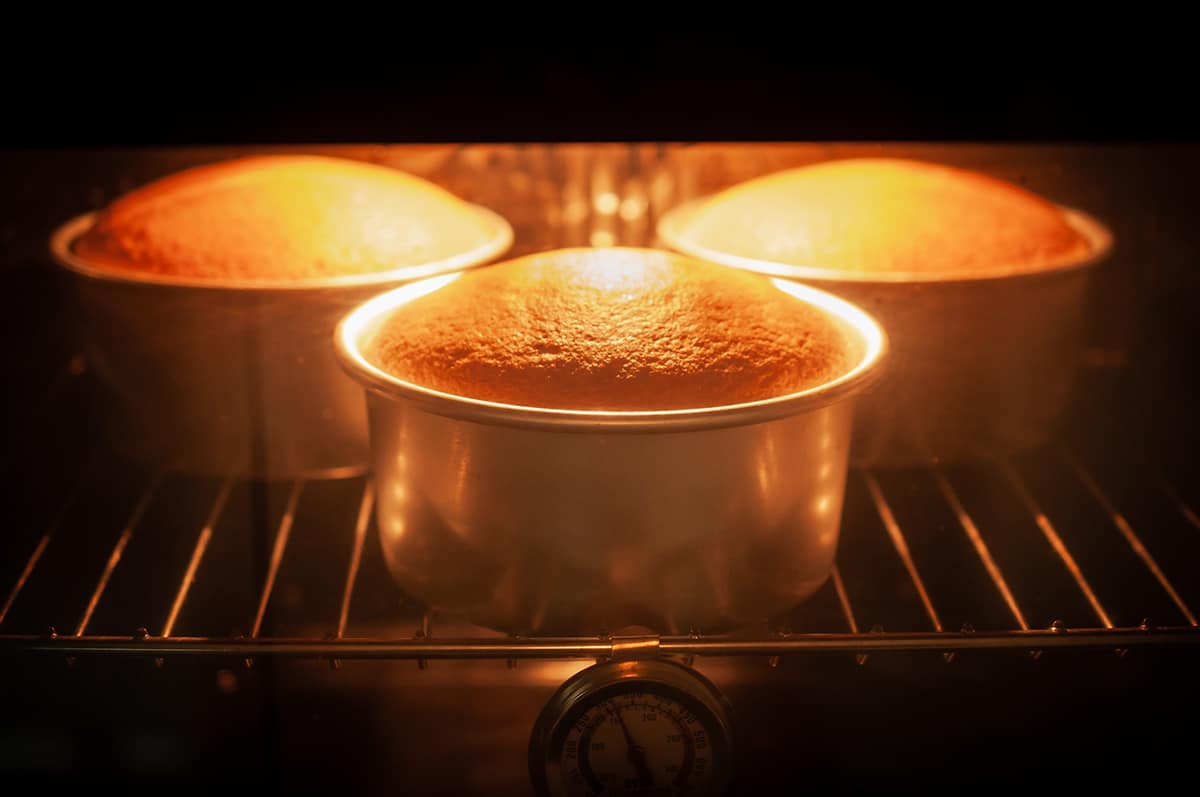
Other than the type of cake, you should consider the following:
Baking Pan Size
There are two things to consider here: how much batter you pour into your baking pan. If you are going to fill a large baking pan to the top, you should drop the oven’s temperature to 275° or 300°F. That way, the outside of the cake doesn’t overcook and leave the inside a runny mess. If you’re using a shallow pan, you can start at 350°F and adjust the temperature based on the doneness of the cake after 10 minutes.
Desired Moisture Level
Some cake recipes are designed to be super-moist, while others are packed with air. For moist cakes, drop the temperature to around 300°F. For cakes that require steam to build up—e.g., pastries and popovers—you should crank the oven’s temperature to 375°F.
Types of Ingredients
You should also be mindful of how the cake’s ingredients react to heat. Protein-rich ingredients, such as eggs, will develop a tough, stringy texture when baked at high temperatures for too long. On the other hand, sugars might take longer to brown and melt at lower temperatures, producing a sandy-textured cake. Again, 350°F is the safest baking temperature for all common cake ingredients, but you can raise or lower the oven’s temperature as you see fit.
Altitude
Did you know that the higher up you are, the longer it takes cakes to bake? Since there is less air pressure in the mountains, you will have to increase your oven’s temperature by 25°F based on the recipe author’s instructions. You will also have to adjust the wet-to-dry-ingredients ratio, but that’s another story for another day.
How to Test a Cake for Doneness

There are three different ways to check whether a cake is done baking or not—namely, using a toothpick, testing the texture, and using a thermometer.
Using a Toothpick
This is the classic method our grandmothers have been taught by their grandmothers and so on. To test a cake for doneness, take a toothpick or a bamboo skewer, insert it in the center of the cake, and withdraw the skewer. If there is any moist batter clinging to the toothpick, you need to cook it for an additional 5 to 10 minutes. You can also use a paring knife in place of the toothpick or skewer.
The major downside of this technique is that your oven’s temperature drops significantly every time you open the oven door. The longer it takes to poke the center of the cake, the more heat your oven loses, and the longer it will take the cake to finish baking.
Testing the Texture
Testing the texture of a cake is done by pulling the cake out of the oven (don’t turn the oven off yet!) and pressing the center of the cake gently with your finger. The cake should spring back almost immediately. If your fingers leave indents on the cake’s surface, the center is still molten, and the cake needs to be baked for another 5 to 10 minutes. If the cake crumbles at the slightest touch, the exterior might be overcooked.
Again, opening the door repeatedly will drop the oven’s temperature, which can throw off the total baking time.
Using a Thermometer
The best way to test a cake for doneness is by using a cake thermometer. The thermometer will display the internal temperature of the cake, letting you know how hot it is in the center. When the cake reaches an internal temperature of 200 to 210°F, it’s done.
But here’s the thing about cake. It will continue to cook even after you remove it from the oven. So, you should remove the cake when it has an internal temperature of around 195°F or 200°F.
Another thing worth mentioning is that many cake recipes don’t include an internal temperature figure. The type of cake will let you know whether it’s done cooking at 200 or 210°F, which brings us all the way back to square one.
Additional Tips for Baking Cakes

Tip #1: Follow the recipe to the letter
If an author says to use powdered sugar, don’t try and be clever by substituting it with granulated sugar. Many online cake authors have spent months, if not years, perfecting their recipes. While there is a level of tolerance for certain ingredients, you should stay as true to the original recipe as possible. Doing so will produce the best results possible.
Tip #2: Use the baking pan size instructed by the recipe’s author
In addition to using the same ingredients as the author mentions, you should also use the same baking pan size. It’s possible to use a deeper or shallower baking pan than the author’s instructions, but it might end up throwing the baking temperature and time out of whack. Unless you know how to properly adjust the baking temperature based on pan sizes, stick to the original pan size—usually 9 inches.
Tip #3: Check your oven for cold spots
If you haven’t baked in a long while, you need to check your oven for cold spots. These are spots in your oven that don’t get as hot as other parts, which can lead to undercooked corners. If your oven has baking spots, rotate the pan 180° at the halfway mark.
Tip #4: Preheat your oven 20-30 minutes before baking
It can take an oven a bit of time to come up to temperature. Allowing your oven to come up to temperature before inserting the cake pan will ensure the best results. Starting with a cold oven while baking a cake can be a recipe for disaster.
